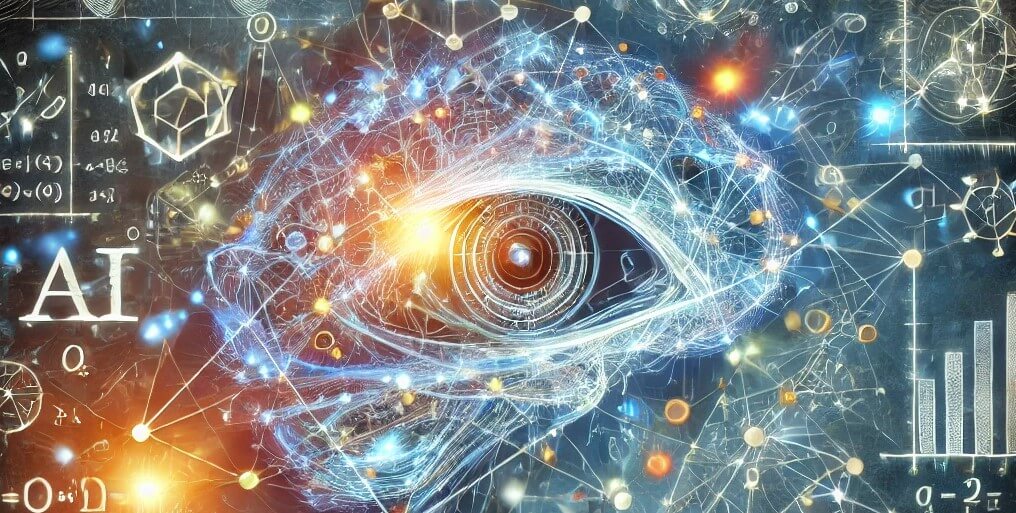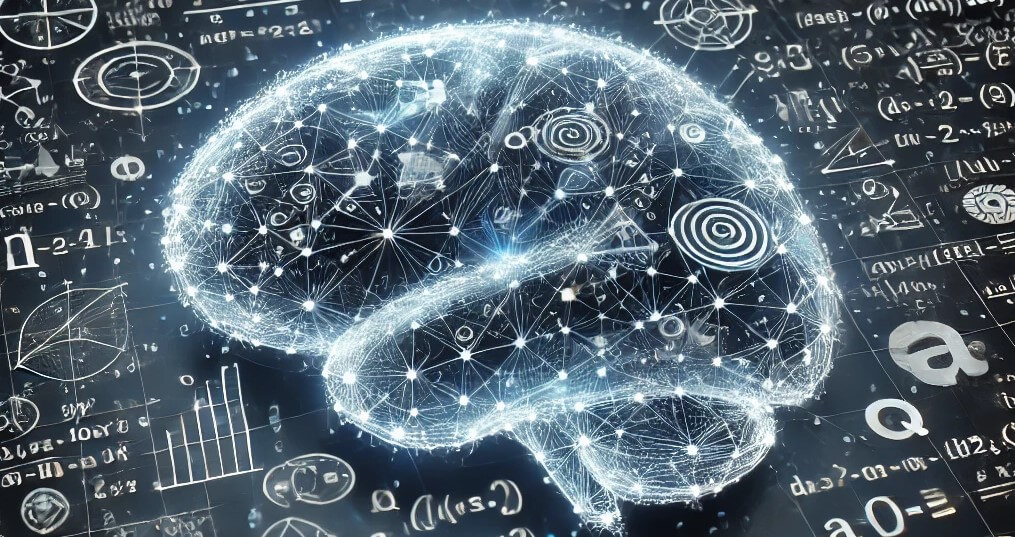OpenAI has announced the release of its latest artificial intelligence model, OpenAI o1, which the company claims is capable of “reasoning” and solving complex problems across science, coding, and mathematics. The new model, the first in a series expected to see continuous updates, was released as a preview on Thursday. OpenAI says that o1 is designed to think through problems in a manner more similar to human cognition, refining its problem-solving strategies and learning from mistakes.
“We trained these models to spend more time thinking through problems before they respond, much like a person would,” OpenAI explained on its website. This marks a significant evolution in AI capabilities, potentially transforming fields like healthcare research and theoretical physics by enabling more precise and innovative solutions.
Enhanced Capabilities for Science and Research

The OpenAI o1 model has been lauded for its ability to tackle highly specialized and complex tasks. For example, in the healthcare sector, researchers could leverage the AI to annotate cell sequencing data, a process that requires meticulous attention to detail. In theoretical physics, the model can generate intricate mathematical formulas required for advanced studies like quantum optics, providing significant computational assistance to experts.
Noam Brown, a research scientist at OpenAI, highlighted the potential impact of the new model in a post on X (formerly Twitter). He noted that while the current model “thinks for seconds,” future iterations may be capable of thinking for hours or even days, significantly enhancing its depth of reasoning. However, these improvements come with higher operational costs, particularly in terms of energy consumption, which presents its own set of challenges.
Addressing AI’s Growing Energy Demands

The release of the OpenAI o1 model coincided with a meeting between U.S. government officials and tech industry leaders, including OpenAI’s CEO Sam Altman, to discuss AI’s energy consumption. As AI models become more advanced, they demand more electricity to perform complex computations. This has raised concerns about the strain AI might place on the power grid and its potential to exacerbate climate change, especially as energy usage continues to soar with each new AI development.
Despite these challenges, AI’s potential to solve major global issues, such as cancer and climate change, continues to be a focal point for both industry and government leaders. Brown touched on the trade-offs associated with these developments, rhetorically asking, “What cost would you pay for a new cancer drug? For breakthrough batteries?” This balance between AI’s growing energy needs and its potential societal benefits will likely be a central issue in the ongoing discussions between tech companies and policymakers.
The Future of Complex Reasoning in AI
OpenAI o1 represents a major leap forward in AI’s ability to handle complex reasoning tasks. According to the company, the new model performed similarly to PhD students on difficult benchmark problems in fields like physics, chemistry, and biology. In tests, the model solved 83% of problems from a qualifying exam for the prestigious International Mathematics Olympiad, further highlighting its advanced problem-solving capabilities.
However, the model still lacks certain features available in other iterations of ChatGPT, such as the ability to browse the web, upload files, or process images. OpenAI acknowledges these limitations, but emphasizes that for tasks requiring deep reasoning, o1 is a significant advancement over its predecessors.
Implications for AI and Society

From my perspective, the introduction of OpenAI o1 opens up exciting possibilities for fields that rely on advanced computation, like medicine, physics, and environmental science. AI models capable of reasoning more like humans could revolutionize research and development, helping to address some of the most pressing problems of our time. However, the energy demands of these advanced models cannot be overlooked. As AI becomes more integrated into scientific and industrial processes, it will be crucial to find sustainable solutions that balance innovation with environmental responsibility.
Moreover, the growing complexity of AI systems raises important questions about their broader societal impact. While OpenAI’s new model may accelerate discoveries and optimize processes, its development will also require careful oversight to ensure that energy consumption, data privacy, and equitable access are addressed.
Conclusion: A New Era of AI Reasoning
The launch of OpenAI o1 signals the beginning of a new era in AI, where models are capable of thinking more deeply and solving harder problems than ever before. With its ability to perform at the level of highly educated professionals on advanced tasks, the model has the potential to reshape scientific research and industry. Yet, the energy-intensive nature of this technology poses a significant hurdle that must be addressed as AI continues to evolve.
As OpenAI and other tech companies work to refine their models, the future of AI will depend not only on its technical capabilities but also on how effectively the industry manages its growing environmental footprint. The discussions between tech leaders and government officials at the White House mark an important step in addressing these challenges and ensuring that AI develops in a way that benefits both society and the planet.






